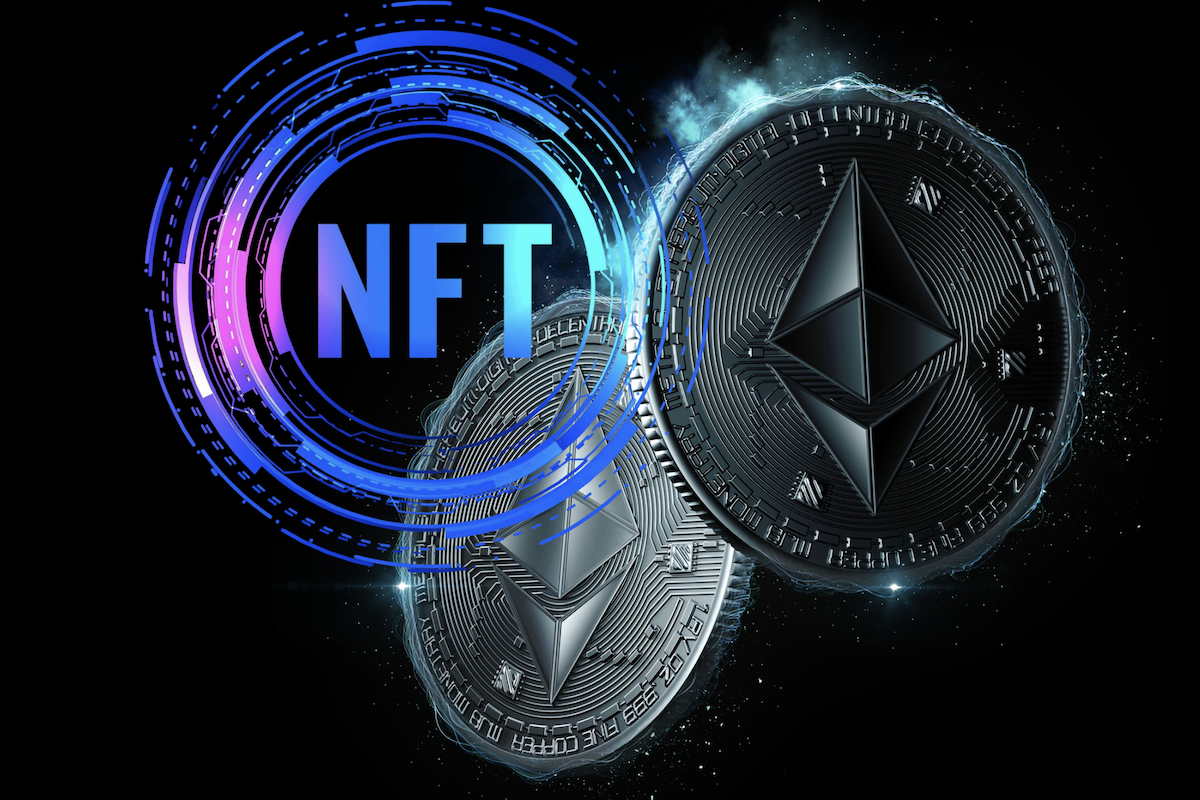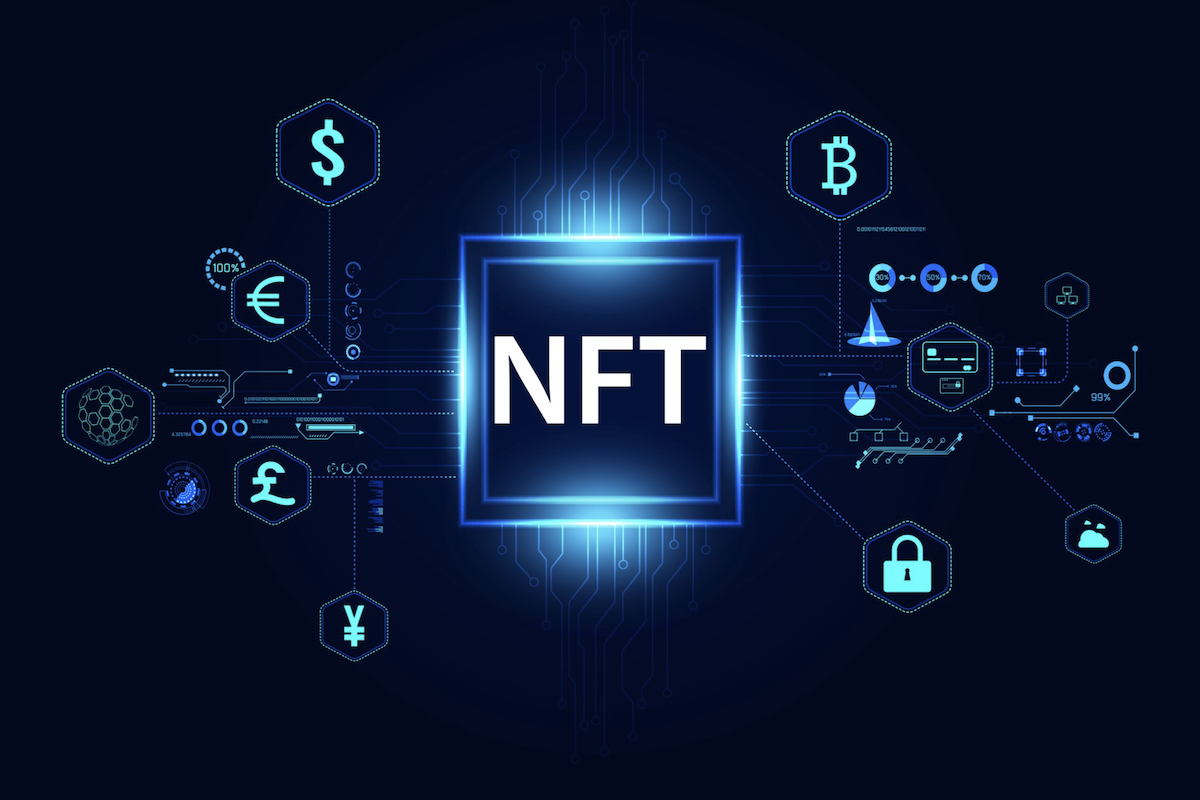The indivisible nature of NFTs is the biggest shortcoming of this asset class for some investors. Most of the time, it requires making either-or investment decisions. What if you like to HODL your NFTs while still profiting from them?
One solution is NFT staking which is a way to earn passive income from your assets. It’s like cryptocurrency staking in that you lock up your holdings in a DeFi platform or a protocol for a period of time to earn rewards. In this way, you can make extra income while keeping the ownership of your NFTs.
NFT staking and proof-of-stake
When you stake NFTs or other crypto assets, you support the network’s operations by agreeing not to withdraw them for a period during which the blockchain puts them to work. In this way, it verifies that the new transactions are legitimate.
Blockchain networks deploy consensus mechanisms to achieve this. The protocols that allow staking apply a proof-of-stake mechanism for this purpose. By providing assets to the pool, you become a participant in this process and can be chosen as a validator. Since the staked NFT functions as a guarantee of the legitimacy of the transaction, you gain rewards for being a validator.
NFT staking rewards and related metrics
The reward amount depends on the rarity and the number of staked NFTs, the lock-up period, as well as annual percentage rate (APR).
APR is the most important staking metric; it shows the interest rate you earn on your asset over a year. Unlike APY (annual percentage yield), it does not include compound interest.
Another essential metric, total value locked (TVL), refers to the total amount of assets deposited by the liquidity providers in the protocols. A higher TVL means more capital is locked in that protocol; hence it’s a useful indicator for exploring projects with higher yields.
NFT staking platforms
You can’t stake every NFT you hold, so examining the platforms to learn about the NFTs that can be staked is a good idea.
One of the most popular platforms is NFTx, the pool of which includes NFT vaults from popular collections ranging from Meebits to Chromie Squille. Users owning NFT assets from the available vaults deposit them to the corresponding vault and, in exchange for it, receive fungible ERC-20 tokens. Users can also create new vaults for their own NFT collections.
NFTX is particularly interesting because it also provides inventory staking along with liquidity providing. It allows the owners of floor-priced NFTs to earn yields on their assets. The liquidity providers earn a percentage of 80%, while inventory providers earn a portion of 20%. Nevertheless, the latter eliminates the risks associated with liquidity providers, such as impermanent losses.
Other NFT staking platforms worth mentioning are Whenstaking by the blockchain company Onessus and the Kira Network.
Play-to-Earn games offer NFT staking opportunities
NFT staking is commonplace among blockchain games. You can find staking-related opportunities in almost any P2E game; here are some examples:
Mobox players can stake Momo NFTs to earn crypto rewards.
The open-world combat game Samurai Saga has its native staking platform.
Splinterlands NFT cards collected during the gameplay can be staked in liquidity pools.
Players of the League of Ancients can stake NFT skins to earn the in-game token LOA.
Into the future of governance
Lastly, we like to mention that it’s also possible to integrate NFT staking into DAOs. As usual, asset holders can lock the assets into the pool, but this time that of the DAO. The difference is that along with monetary incentives, they can also gain voting power and influence the future of the DAO’s ecosystem, paving the way for new NFT utilities in the crypto ecosystem.






